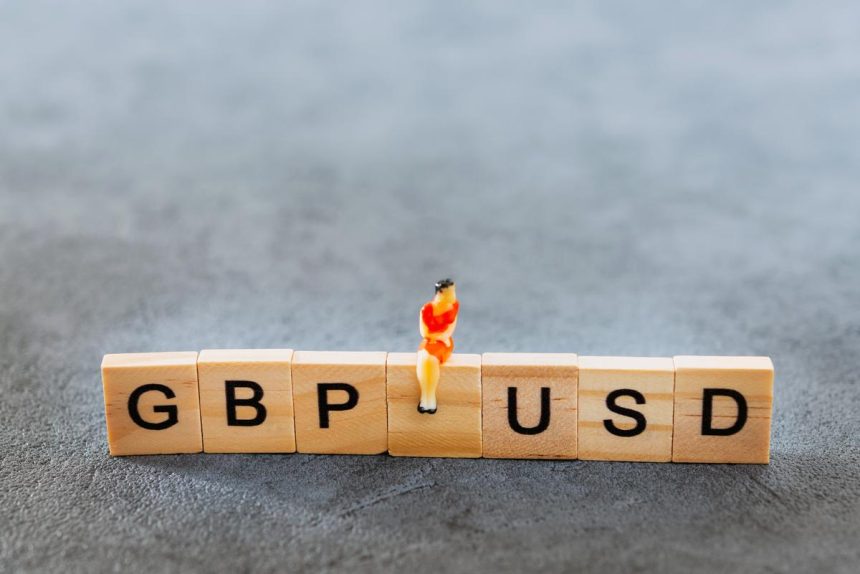Pound Sterling slips to roughly 1.3100 against US dollar holds gains ahead of the August ISM Manufacturing PMI.
In Tuesday’s London session, the Pound Sterling (GBP) remained marginally above the critical support level of 1.3100 against the US Dollar (USD). The GBPUSD pair falls as the US Dollar maintain gains near a nearly two-week high. With investor focus shifting to the August Nonfarm Payrolls (NFP) data, which released this Friday.
This week’s primary trigger would be US NFP data for August.
The United States Dollar Index (DXY), The Greenback’s value tracked versus six major currencies and has consolidated about 101.70.
Investors eagerly awaiting the labor market data. Which expected to fuel market speculation about the extent of the Federal Reserve’s (Fed) interest rate decrease this month. Currently, traders are divided on whether the Fed would lower interest rates gradually by 25 basis points (bps) or quickly by 50 bps.
The importance of labor market data has grown significantly as Fed Chair Jerome Powell’s comments at the Jackson Hole (JH) Symposium indicated that the central bank is more focused on preventing job demand, given that officials are confident that inflationary pressures will remain on track to return to the bank’s target of 2%.
Investors also receive clues regarding the existing labor The market state will be determine by the July US JOLTS Job Openings data and the August ADP Employment Change data, both of which will be release on Wednesday and Thursday.
The US Dollar will be influenced by the S&P Global (final estimate) and ISM Manufacturing Purchasing Managers Index (PMI) data for August, which will be released during the North American session on Tuesday. Economists predict the manufacturing sector will decrease at a slower pace, with the official PMI from the ISM coming in at 47.5 from 46.8 in July.
Daily Market movers: Pound Sterling declines while the BoE appears to be keeping interest rates constant at 5%.
The Pound Sterling performs weakly against its major rivals, except Asia-Pacific currencies, during European trading hours. The British pound continues under pressure, despite the fact that the Bank of England (BoE) is likely to decrease interest rates more slowly this year than its peers.
According to Reuters, traders believe the Bank of England will not drop interest rates in September, but they are confident in November. Market expectations for September interest rate decreases are low, since inflationary pressures in the United Kingdom (UK) are likely to remain stable due to good economic prospects.
Investors expect the BoE to keep interest rates unchanged at 5% this month.
In addition, comments from BoE Governor Andrew Bailey at the JH Symposium suggested that the central bank will be cautious about cutting interest rates too rapidly or by too much.
The final estimate of the S&P Global/CIPS Manufacturing PMI revealed on Monday that operations in In August, the UK manufacturing sector increased to a 26-month high of 52.5, powered by the continuance of a solid rebound in output, new orders, and labor demand.
“In August, the UK manufacturing sector continued to contribute positively to overall economic growth.” The headline PMI rose to a 26-month high of 52.5, showing substantial increases in output and new orders, as well as the highest employment growth in more than two years. Rob Dobson, Director at S&P Global Market Intelligence, stated that the recovery is widespread in manufacturing, with the investment goods sector outperforming the rest.
Investors looking forward to BoE policymaker Sarah Breeden’s speech at 12:45 GMT, which will provide new interest rate signals. Breeden was among policymakers who voted to slash interest rates by 25% in August Andrew Bailey, Swati Dhingra, Dave Ramsden, and Clare Lombardelli all contributed basis points (bps) to the 5% level.









